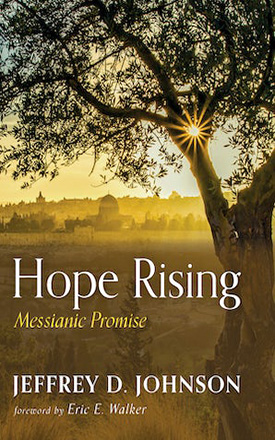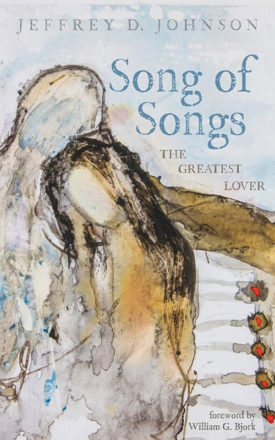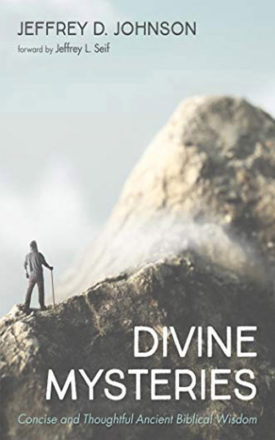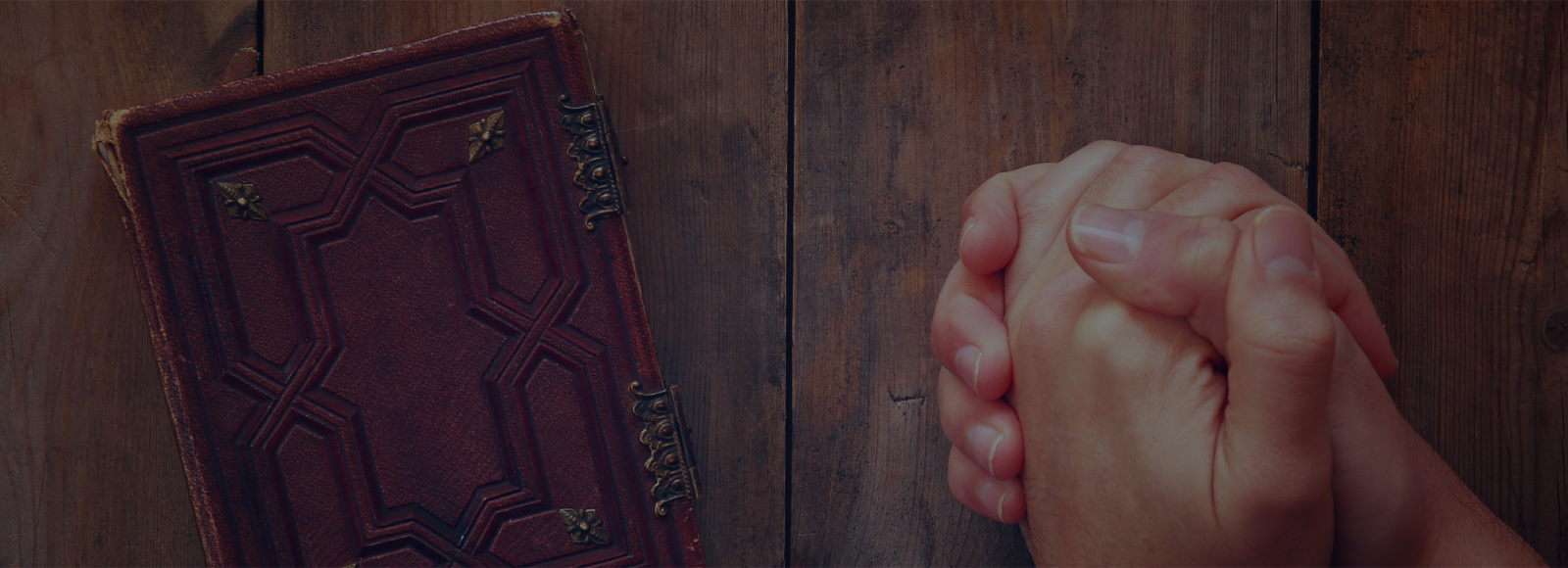Israel Today Resources:
-
 Hope Rising, Messianic Promise
Recommended donation: $20.00
Hope Rising, Messianic Promise
Recommended donation: $20.00
Add to cart
-
 Song of Song: The Greatest Lover
Recommended donation: $18.00
Song of Song: The Greatest Lover
Recommended donation: $18.00
Add to cart
-
 Divine Mysteries
Recommended donation: $15.00
Divine Mysteries
Recommended donation: $15.00
Add to cart
-

Broken Pieces!
Broken Pieces, Leaven Bread & Shavuot
Moses
Shavuot, or Pentecost memorializes Moses’ accent up Sinai where he met with God receiving the Decalogue (10 Commandments) written on two stone tablets by God Himself, the Torah, and instruction regarding building the Tabernacle. He was there for 40-days and nights (Exodus 19 – 32; Deuteronomy 9:9 – 11).
As Moses came down the mountain he saw the Israelites backslide into paganism and idolatry worshiping a golden calf. In his anger, Moses smashed the tablets of the 10 Commandments into bits and pieces, shards flew everywhere (Exodus 32:19, 20).
Early the next day Moses ascended back up the mountain for another 40-days to plead for atonement for the people, begging for mercy for their disobedience (Exodus 32:30, 34; Deuteronomy 9:25).
Moses ascends a third time on Sinai for another 40-days and nights (Exodus 34:2; 28). The LORD acting upon Moses’ plea not to destroy the people told him to make an Ark of wood and to cut out two more tablets. God rewrote the commands on the stone and Moses was to put the tablets into the ark of wood (Deuteronomy 10:1 – 5). Moses came down the mountain with the renewed Covenant – rabbis say the day he came down the mountain was Yom Kippur, the Day of Atonement. Moses was on the mountain a total of 120 – days, from Shavuot to Yom Kippur.
Peter
Shavuot (Pentecost) is also the day when the Holy Spirit (Ruach HaKodesh) descended upon the 120 in the upper room some 1500 years later birthing and empowering the church (Acts 2).
On that day, the Holy Spirit came upon each of them as a rushing wind and tongues of fire, and they began to speak with tongues (languages). People in the area that heard this strange noise were curious and began to gather around. Peter raising his voice began to preach talking about the prophets and leading them to the message of the Gospel. Over 3,000 came to faith in Jesus.
Broken Pieces
What happened to the broken shards, bits and pieces of stone from the original two tablets? The instructions written by the finger of God are now shattered. What would you do with them? Step on them? Spread them around? Ignore them? What?
Jewish tradition tells us that the second tablets along with the broken tablets were placed in the Ark made of beaten gold (Talmud, Bava Batra 14b). But why keep the broken pieces? Aren’t they a symbol of disobedience and punishment? Why remind us of our disobedience?
Leavened Bread
During Shavuot (Pentecost) leaven bread is used in the festivities. Leaven is the yeast that makes the bread rise. Leaven is a type of sin in the bible. In contrast, during Passover, unleavened bread is used to remind us that the lamb is unblemished – the Lamb of God is sinless. The broken shards, bits and pieces of stone from the original two tablets happened on Shavuot. The leavened bread reminds us that the church is a gathering of shattered, broken people who found mercy, healing and forgiveness through Messiah Jesus.
Points to Ponder
- The shards of stone and unleavened bread, though symbols of disobedience and sin, remind us of God’s grace.
- God showed mercy to the people and created a second set of tablets, and Jesus forgave our sin becoming our atoning sacrifice (1 John 2:2).
- God took the broken bits and pieces of our life and gave us hope (Ephesians 2:1- 14).
- Being reminded of our past engenders a motivation to praise God for His mercy and forgiveness.


